Yesterday I did a guest professor lecture about ’Global Trade 2.0: Digitalization and Trust. Are Trusted Value Chains the Way to Future Trade, A New Landscape for International Trade 2025 to 2030’ at the School of Business, Economics and Law at the University of Gothenburg.
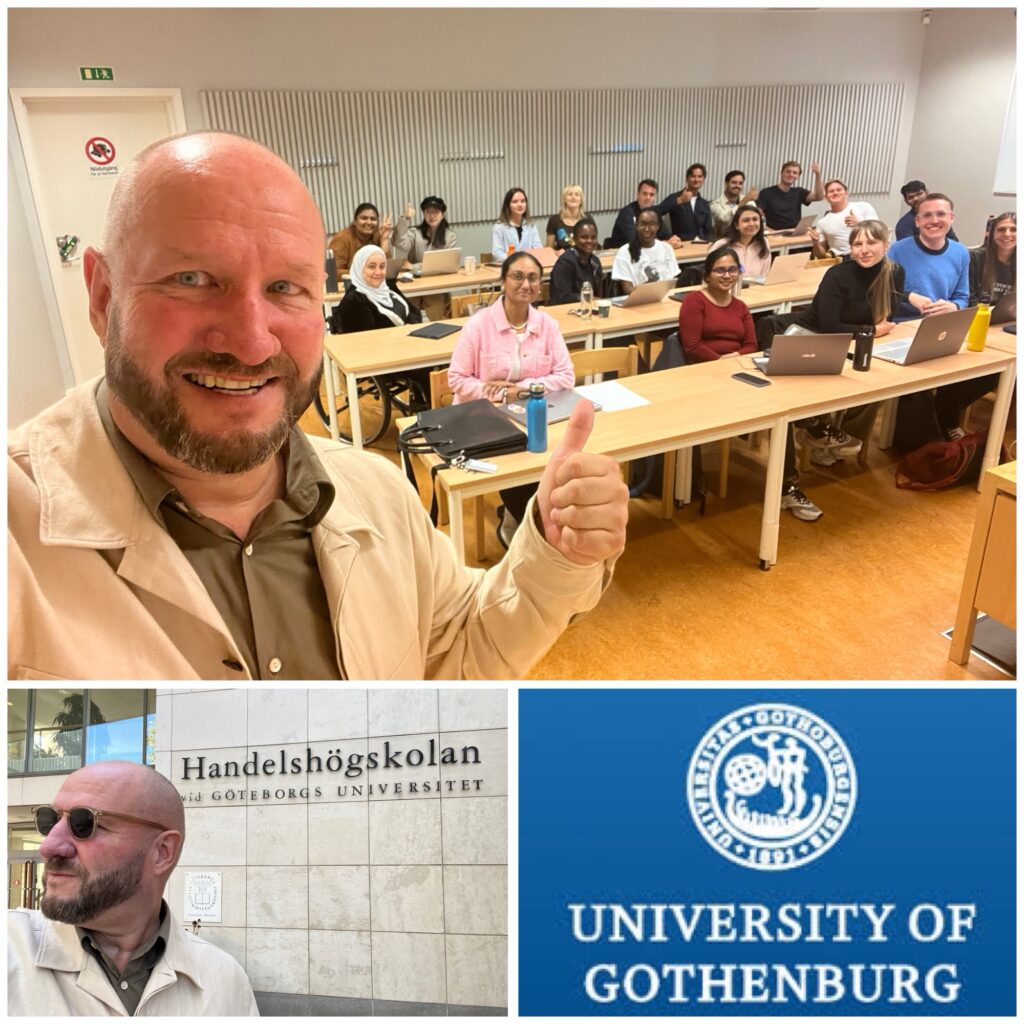
Thank you as always to Trisha Rajput and the University of Gothenburg for the invitation. Great discussions. It is great to meet the students now and then to discuss the future, they are the future. Life is about learning, learning is life.
Trisha Rajput is Assistant Professor and researcher at the School of Business, Economics and Law, University of Gothenburg where she lectures to both law and management students on international trade law, her reswarch is concentrated on international economic law with particular focus on international trade law, considering the impact of trade facilitation measures in enhancing the efficiency and predictability of global value chains.
A few days ago Pravin Gordhan passed away. It is a sad day. PG was a leader, role model, mentor and inspiration for me and so many others. One of the best and most intelligent persons I have ever met has left us in devestation.
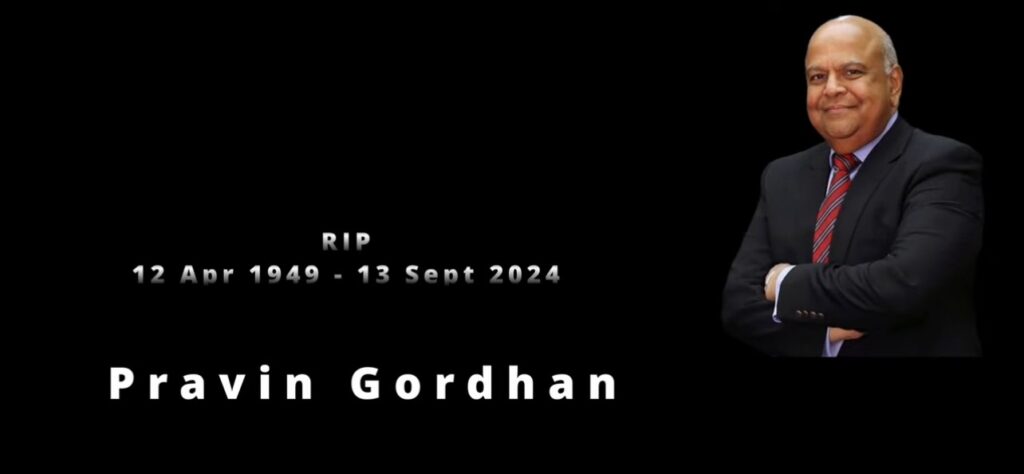
For many people he was a freedom fighter, the father of the constitution, a four time RSA minister, a statesman, a dedicated public servant – and a strong and loud voice for integrity, fairness and decency. A giant of a man.
I personally knew him as a warm, razor-sharp, humble humanist and activist. Always and foremost an activist. He was a mentor defining the essence of mentorship.
PG was my boss and Chairman of the World Customs Organization when I served there – and we stayed in close contact since then. Despite his enormous workload and extremely long hours he always found time for a talk or a text reply.
I feel honored and privileged that you called me your friend. Condolences to the family, all colleagues at SARS and to the people of RSA.
The world got a bit colder today, but your spirit will always be a beacon of light in the darkness and your legacy will live forever. We will carry your words forward. All that we learned from you.
ESG Regulations and their impact on global supply chains was one of the central topics at last week’s #WTOPublicForum
Regulations are key to accelerating sustainable trade. They create obligations on stakeholders, and make for a level playing field for business.
But these regulations are new and complicated. We are all learning. How do we avoid unintended consequences such as shrinking of supply chains, regional fragmentation, and marginalisation of SMEs in developing economies?
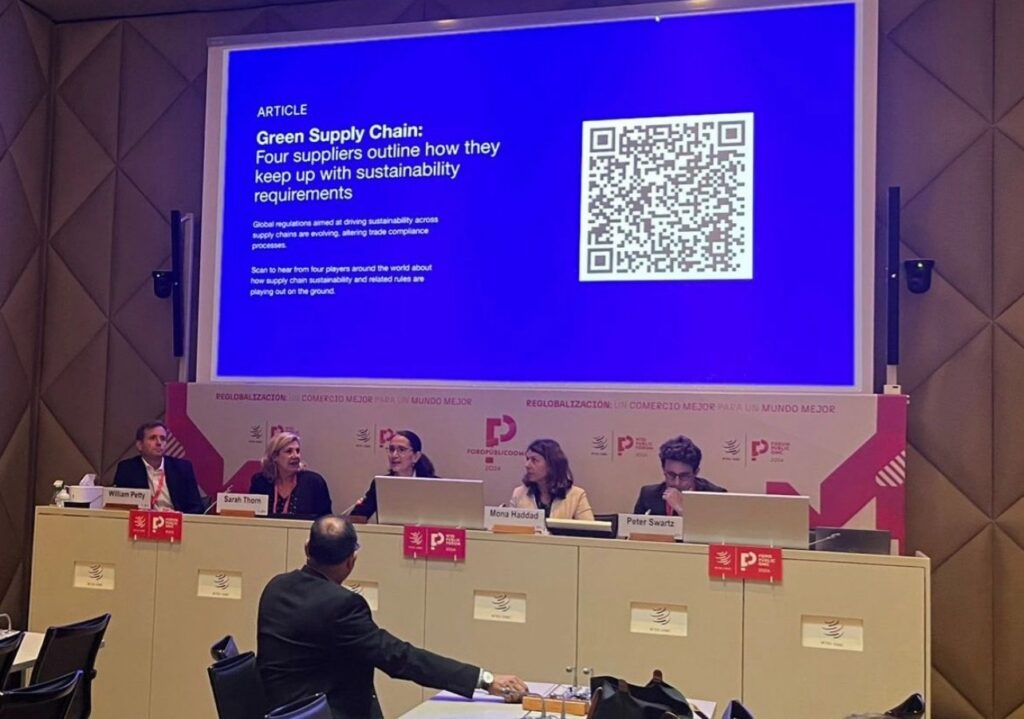
A pleasure to represent #maersk as part of a fantastically constructive panel discussing this with Mona Haddad Peter Swartz Sarah Thorn, moderated by Sol (Soledad) Leal-Wennmann.
There is much to be done, but great to see the open collaboration between business, regulators and policy makers on this.
Thanks also to Kimberley Botwright for creating a platform for this crucial discussion.
Read more on this topic here… https://lnkd.in/gmFRPmSn
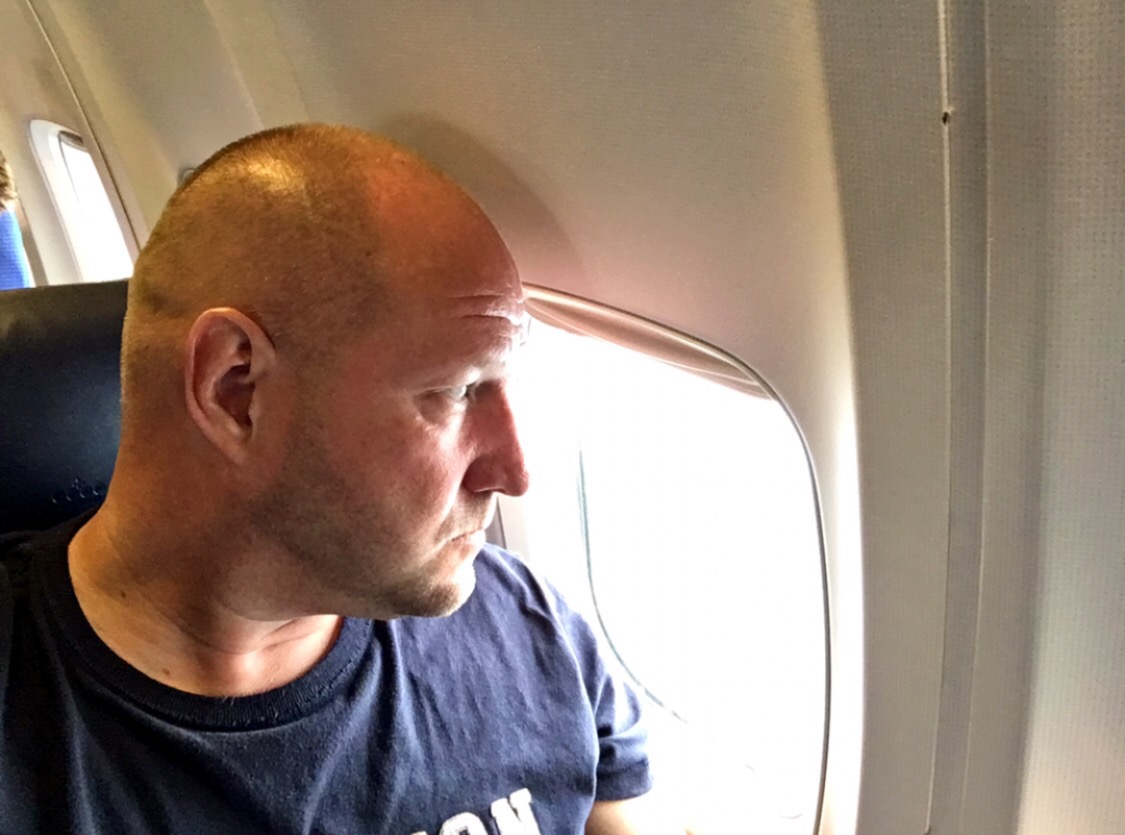
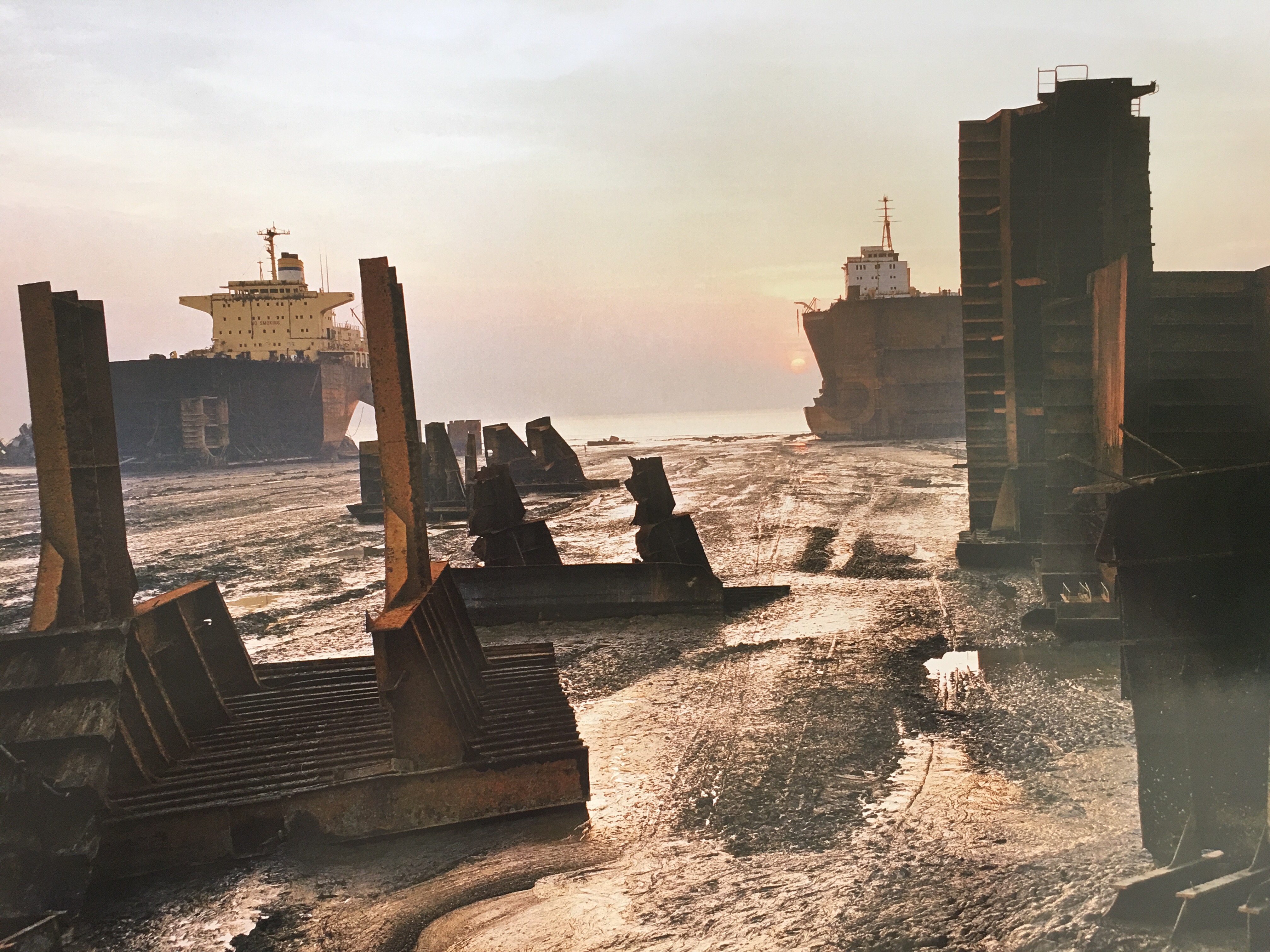
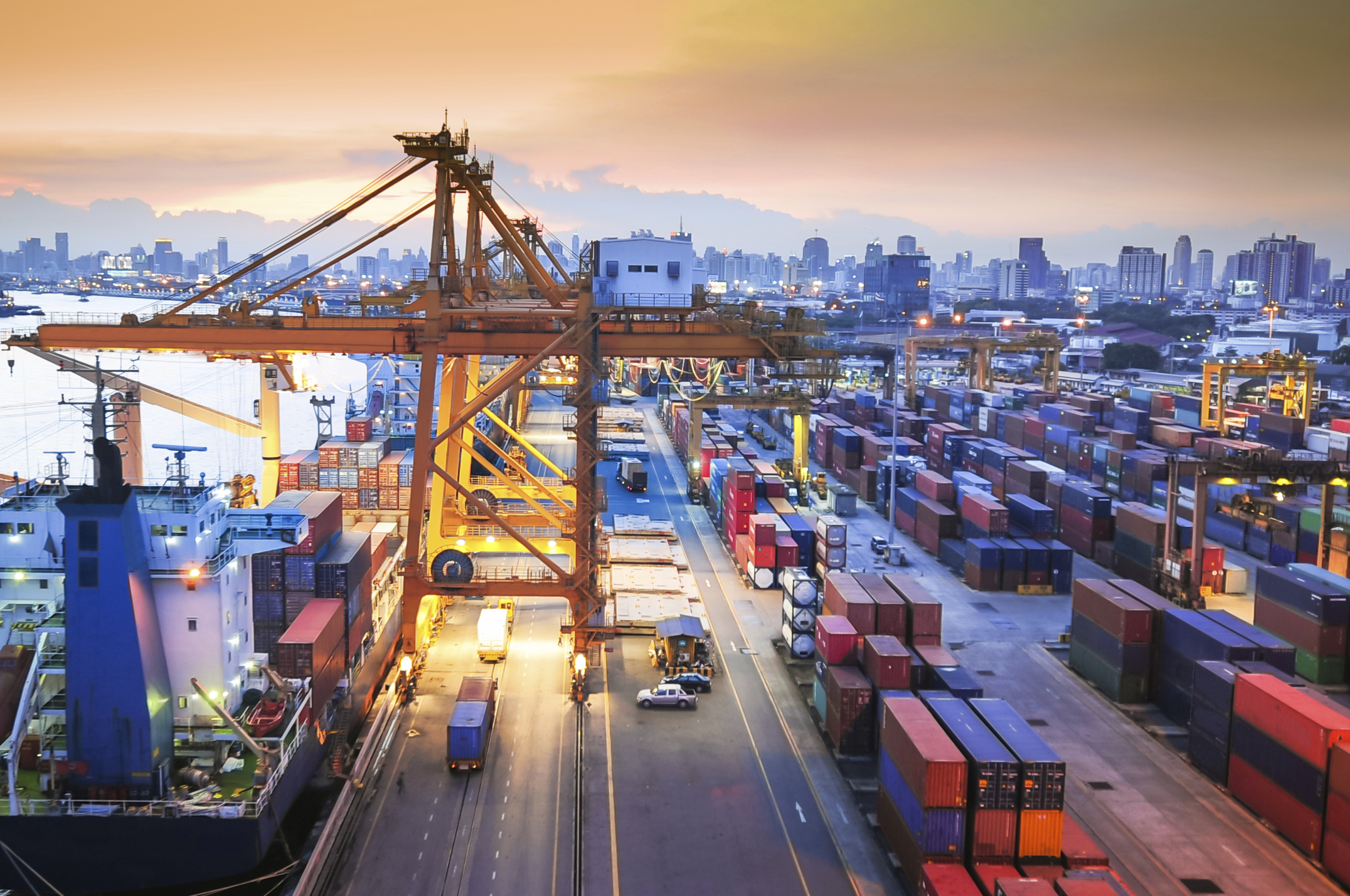

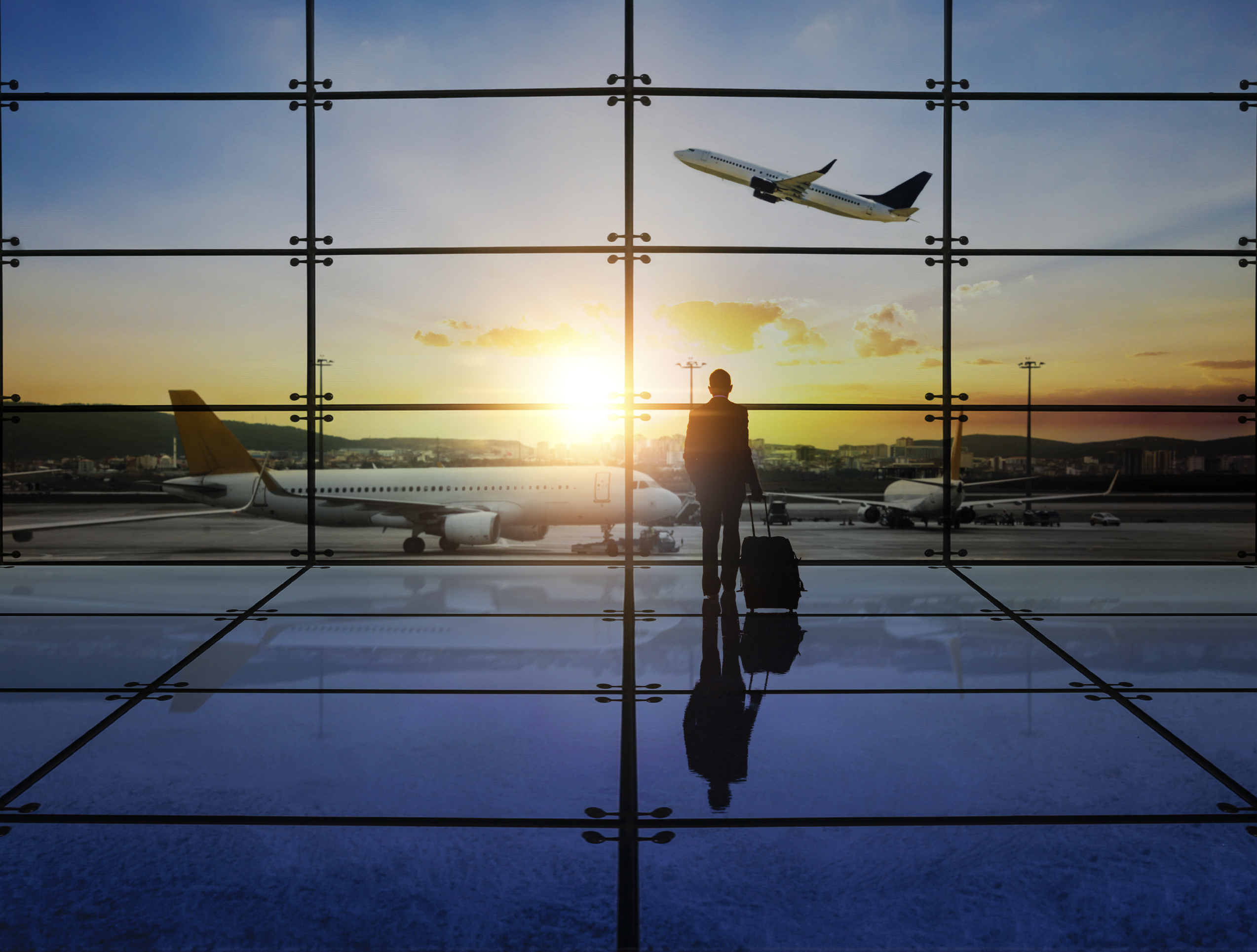

You must be logged in to post a comment.